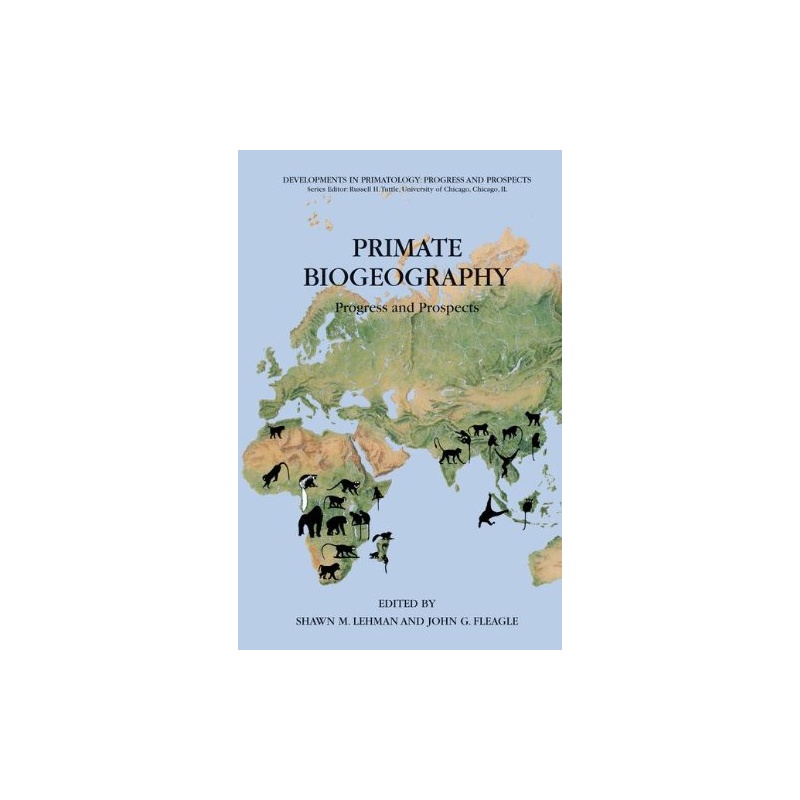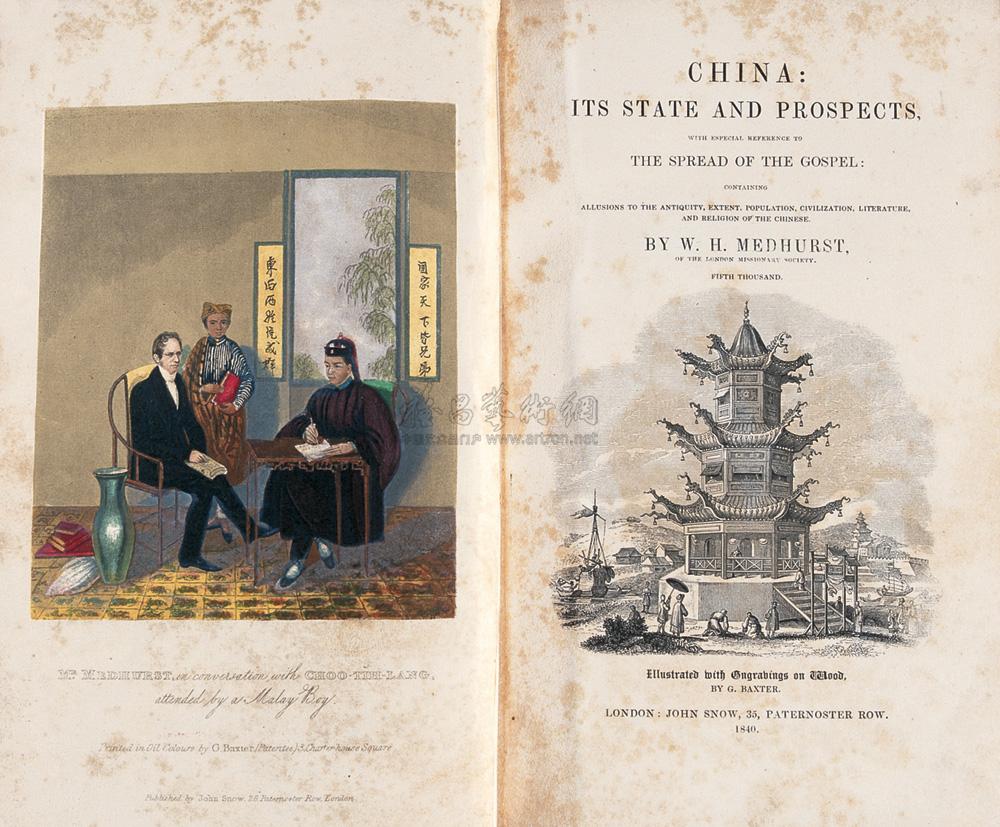【www.gbppp.com--经典美文】
Lithography and development prospects
Abstract
The transfer of a pattern from one medium onto another medium is called lithography. In integrated circuit fabrication, a circuit designer uses a computer database to specify patterns, which will be transferred into thin film layers or in bulk substrates necessary to fabricate electronic devices on a substrate material such as silicon. Lithography is the process of fabricating the designer’s pattern as a relief structure in a sacrificial thin film, called photoresist (or resist), on the surface of a wafer substrate such as silicon. The resist material relief structure then provides a selective window for further processing of thin films on the substrate beneath the resist or the substrate directly. Processes such as etching or ion implantation are typically performed with the resist as a selective mask of the underlying layers or substrate. Additive processes such as electroplating or deposition on top of patterned resist are often performed for research applications that use lithography for fabricating devices besides commercial integrated circuits (ICs). This paper introduces the lithography process and future development of it.
Keyword lithography, photoresist, mask, wafer integrated circuits.
Contents
Lithography and development prospects .......................................................................................... 1
Contents ............................................................................................................................................ 2
Backgroud ......................................................................................................................................... 2
Introduction ....................................................................................................................................... 3
Principles of lithography ................................................................................................................... 4
Lithography processes....................................................................................................................... 5
1. Wafer Clean ........................................................................................................................... 5【prospects】
2. Pre-bake and Primer Vapor ................................................................................................... 5
3. Photoresist Coating ............................................................................................................... 5
4. Soft Bake ............................................................................................................................... 6
5. Alignment .............................................................................................................................. 6
6. Exposure ............................................................................................................................... 6
7. Post Exposure Bake .......................................................................................................... 7
8. Development ..................................................................................................................... 7
9. Hard Bake ......................................................................................................................... 7
10. Pattern Inspection ................................................................................................................ 8
Lithography process development prospects .................................................................................... 8
Backgroud
Semiconductor integrated circuits have become ubiquitous in modern tools and toys. As costs have fallen quickly and functionality has risen dramatically, powerful circuits are now available at low cost for a wide range of uses. Improvements in optical lithography have been the driving force behind the extraordinary advances in integrated circuit cost and performance for 30 years. The number of elements in a circuit has been doubling every eighteen months (Moore’s law), and computational power has been increasing even faster. Semiconductor industry roadmaps show this trend continuing into the foreseeable future, although extending optical lithography is becoming progressively more difficult. This chapter aims to provide insight into the past, present and future of optical lithography by explaining basic concepts, development techniques, and possible successor technologies.
Continuous advances in semiconductor process is determined by the lithography process.【prospects】
And the trends in microlithography is showed by follows:
Introduction
The IC designer’s pattern for each of the many layers needed to selectively process the device films or substrate is encoded on a master mask used to replicate the circuit pattern repeatedly in resist. The mask for complex circuit patterns is usually

fabricated using a pattern-generating exposure tool where an electron or laser beam traces out the desired pattern in a resist that is sensitive to the beam. Because writing the mask is a serial process, it takes considerable time, making it generally impractical to write the pattern thousands of times on the wafer substrate directly. The pattern in resist on the mask is then transferred into a film that absorbs or reflects photons for optical lithography . This process is called photolithography.
1. Temporarily coated with photoresist to the silicon
2. Transfer of graphic design on the photoresist
3. The most important technology in IC manufacturing【prospects】
4. Occupy 40 to 50% of the chip manufacturing time
5. Determine the minimum feature size of the chip
Principles of lithography
The use of characteristics of photosensitive photoresist (or resist), due to photochemical reactions and the formation of corrosion resistance, the mask panel

graphics engraved into the surface.
Lithography processes
1. Wafer Clean
The purpose of wafer cleaning is removal of contaminants, removal of particles, to reduce pinholes and other defects and to improve photoresist adhesion. the basic steps is :Chemical cleaning, rinse, drying.
2. Pre-bake and Primer Vapor
The purpose of the pre-drying dehydration baking is to remove the wafer surface moisture, and enhance the photoresist and the surface adhesion. Usually about 100 ° C, to merge with the end of plastic coated.
Coating on the end of plastic is to enhance the adhesion of the photoresist (PR) and the wafer surface. Widely the material is HMDS. HMDS vapor before the PR spin coating the coating, and PR coated cooling plate cooling wafer.
3. Photoresist Coating
High-speed rotation of the wafer is placed on the vacuum chuck, drops of liquid
本文来源:http://www.gbppp.com/jd/444084/
推荐访问:prospects的中文